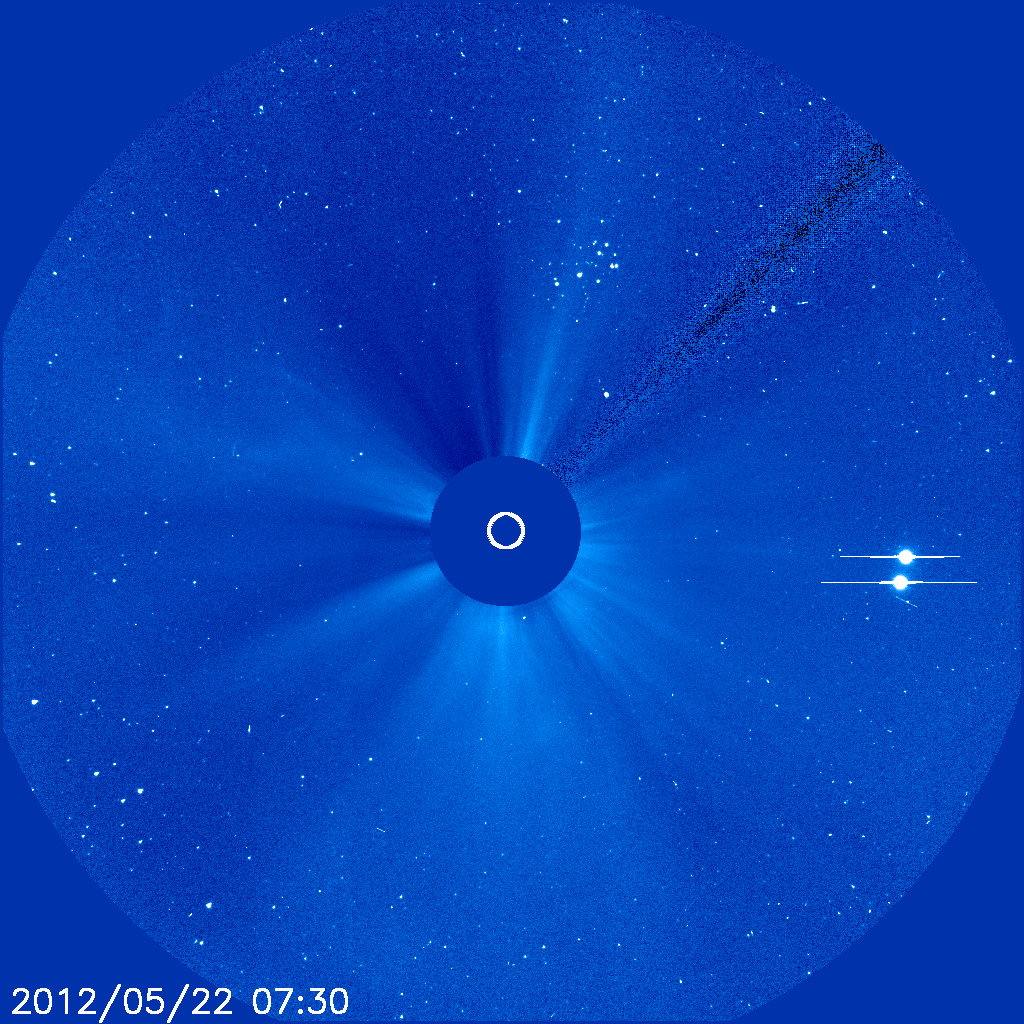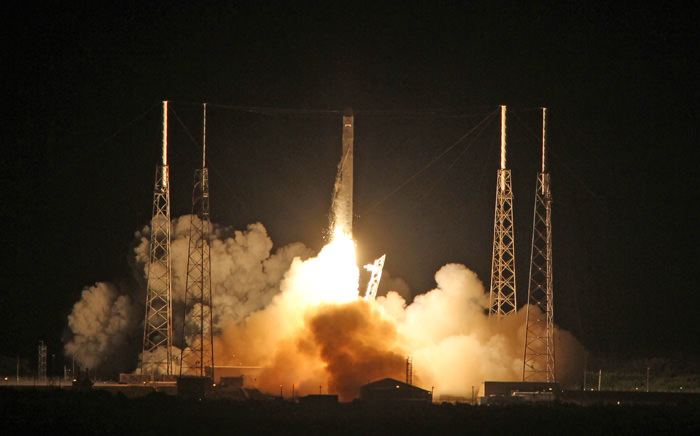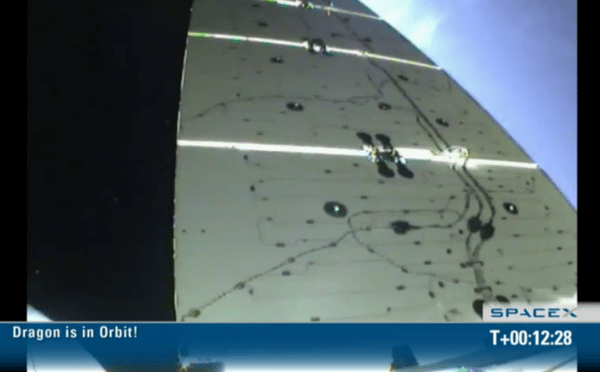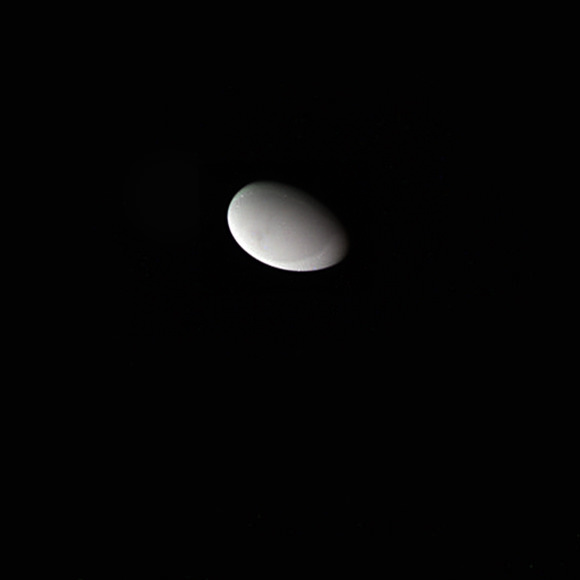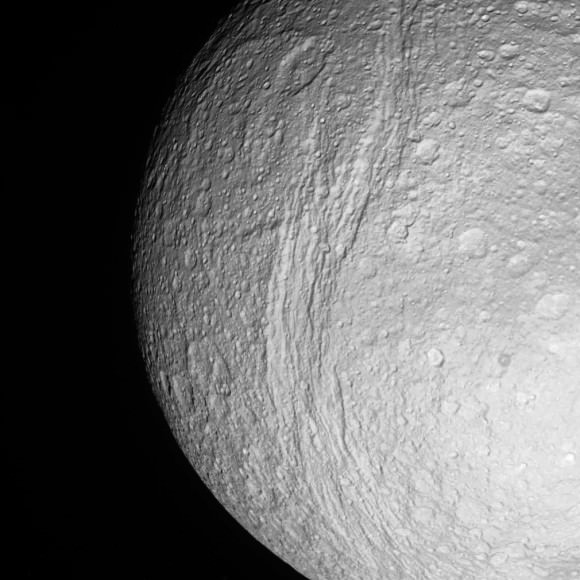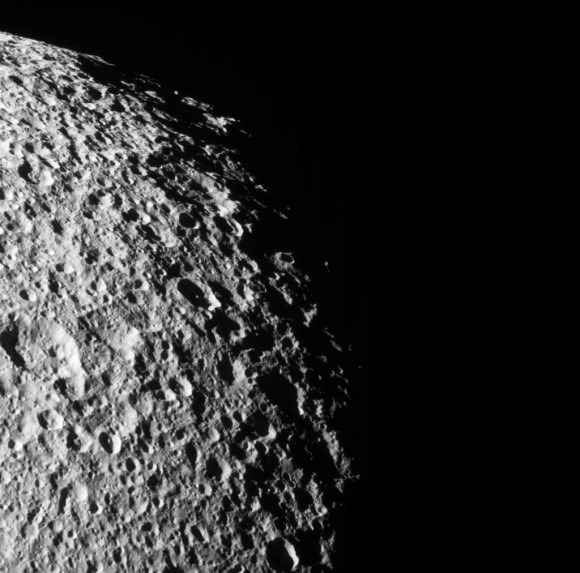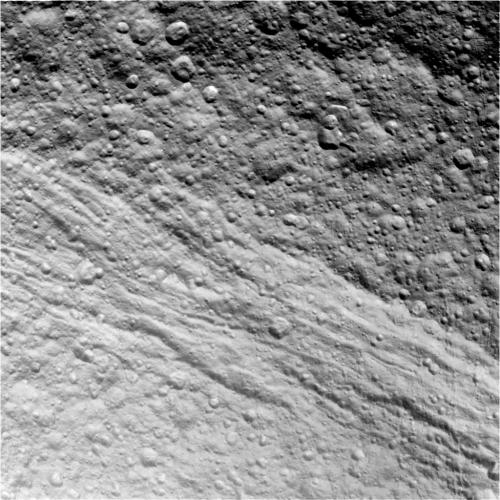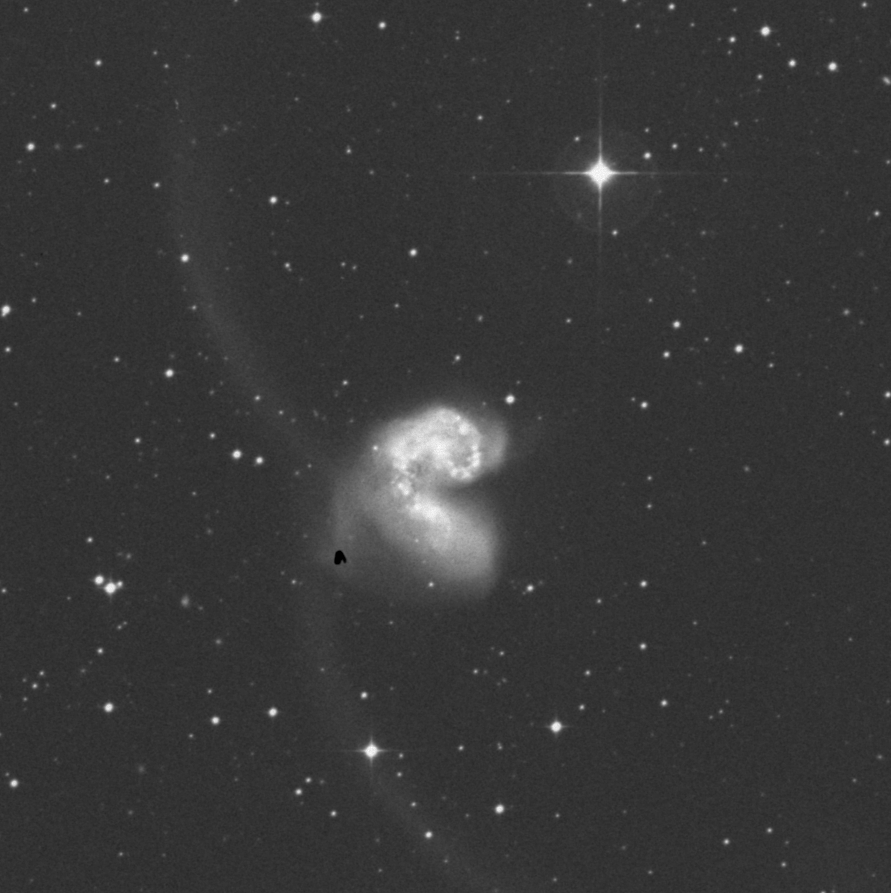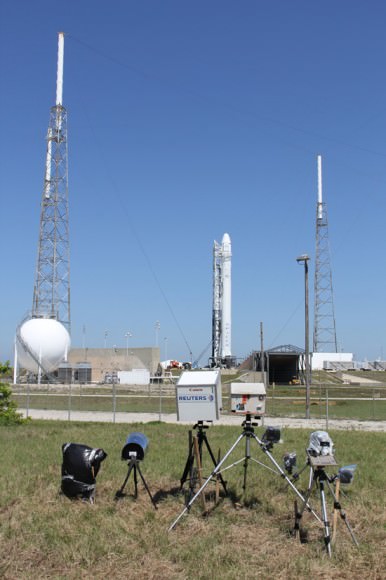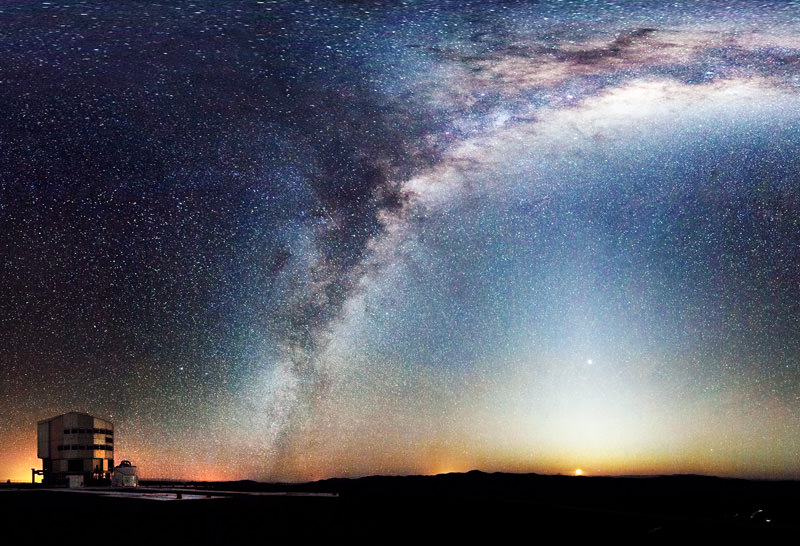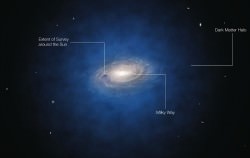[/caption]
Greetings, fellow SkyWatchers! Here’s hoping you had an opportunity to witness yesterday’s eclipse! Even the partial phase here in Ohio was exciting… and to be able to watch virtually via live feeds was equally impressive! The week begins with dark skies and deep studies. Get up early to enjoy the apparition of Jupiter and Mercury just ahead of the rising Sun and check out Venus as it dances near the Earthshine Moon. When you’re ready to observe, meet me in the back yard!
Monday, May 21 – In 1961, United States President John F. Kennedy launches the country on a journey to the Moon as he makes one of his most famous speeches to Congress: “I believe this nation should commit itself to achieving the goal, before this decade is out, of landing a man on the Moon and returning him safely to Earth. No single space project in this period will be more impressive to mankind, or more important for the long-range exploration of space…”
Tonight we’ll take an exploration of space as we study an interacting pair of galaxies. All that is required is that you find 31 Corvii, an unaided eye star west of Gamma and Epsilon Corvii. Now we’re ready to nudge the scope about one degree north. The 11th magnitude NGC 4038/39 (Right Ascension: 12 : 01.9 – Declination: -18 : 52) is a tight, but superior pair of interacting galaxies. Often referred to as either the “Ringtail” or the “Antenna”, this pair deeply captured the public’s imagination when photographed by the Hubble. (Unfortunately, we don’t have the Hubble – that’s why I used a more “natural image”, but what we have is set of optics and the patience to find them.) At low power the pair presents two very stellar core regions surrounded by a curiously shaped nebulosity. Now, drop the power on it and practice patience – because it’s worth it! When that perfect moment of clarity arrives, we have crackling structure. Unusual, clumpy, odd arms appear at strong aversion. Behind all this is a galactic “sheen” that hints at all the beauty seen in the Hubble photographs. It’s a tight little fellow, but worth every moment it takes to find it.
Tuesday, May 22 – Celestial scenery alert! If you’re up before dawn this morning, look for the very close pairing of Jupiter and Mercury racing together just ahead of sunrise. The disparate pair will be less than half a degree apart. It’s worth getting up early for!
Tonight the slender crescent Moon will make a very brief appearance at dusk along the western skyline. If your atmosphere is very steady, why not set the telescope down on it and look for some very unusual features that will soon wash out as the Sun overtakes the moonscape. Almost central along the eastern lunar limb, look for Mare Smythii and Mare Marginis to its north. Between them you will see the long oval crater Neper bordered by Jansky at the very limb. And speaking of the limb, did you notice bright Venus accompanying the Moon? It’s a splendid conjunction and well worth alerting friends, family and neighbors to watch for! But don’t delay… The pair will set quickly!
Now let’s visit a galaxy very similar to our own Milky Way – NGC 2903 (Right Ascension: 9 : 32.2 – Declination: +21 : 30). Located less than two degrees south of Lambda Leonis, this magnificent 9.0 magnitude barred spiral can be spotted with binoculars from a dark location, and is easily seen in a small scope.
While NGC 2903’s size and central bar closely resemble our own galaxy’s structure, the Hubble Space Telescope crossed the 25 million light-year gap and found evidence of young globular clusters in its galactic halo – unlike our own old structures. This widespread star forming region is believed to be attributed to the gravity of the central bar. Small telescopes will show the bar as a lateral concentration across the central structure, while larger apertures will reveal spiral arms and condensed regions of innumerable stars.
Wednesday, May 23 – Tonight the Moon is a little bit older and brilliantly lit with earthshine. Power up and let’s go look for crater named for historian and theologian Denis Petau – Petavius!
Located almost centrally along the terminator in the southeast quadrant, a lot will depend tonight on your viewing time and the age the moon itself. Perhaps when you look, you’ll see 177 kilometer diameter Petavius cut in half by the terminator. If so, this is a great time to take a close look at the small range of mountain peaks contained in its center as well as a deep rima which runs for 80 kilometers across its otherwise fairly smooth surface. To the east lies a long furrow in the landscape. This deep runnel is Palitzsch and its Valles. While the primary crater that forms this deep gash is only 41 kilometers wide, the valley itself stretches for 110 kilometers. Look for crater Haas on Petavius’ southern edge with Snellius to the southwest and Wrottesley along its northwest wall.
Now let’s have a look at Iota Virginis. While there is nothing particularly special about this spectral F type star, it does reside in a very interesting field for low power. Enjoy the colors!
Thursday, May 24 – If you chose to scope tonight, we’re going in search of another lunar club challenge that will prove difficult because you’ll be working without a map. Relax! This will be much easier than you think. Starting at Mare Crisium, move along the terminator to the north following the chain of craters until you identify a featureless oval that looks similar to Plato seen on a curve. This is Endymion…and if you can’t spot it tonight don’t worry. We’ll take a look in the days ahead at some features that will point you to it!
While the Moon is still west, let’s have a look at telescopic star W Virginis located about three and a half degrees southwest of Zeta (RA 13 26 01.99 Dec -03 22 43.4). This 11,000 light-year distant Cepheid type variable is oddly enough a Population II star that lies outside the galactic plane. This expanding and contracting star goes through its changes in a little over 17 days and will vary between 8th and 9th magnitude. Although it is undeniably a Cepheid, it breaks the rules by being both out of place in the cosmic scheme and displaying abnormal spectral qualities!
Friday, May 25 – Tonight let’s take our own journey to the Moon as we look at a beautiful series of craters – Fabricius, Metius and Rheita.
Bordered on the south by shallow Jannsen, lunar club challenge Fabricius is a 78 kilometer diameter crater highlighted by two small interior mountain ranges. To its northeast is Metius, which is slightly larger with a diameter of 88 kilometers. Look carefully at the two. Metius has much steeper walls, while Fabricius shows differing levels and heights. Metius’ smooth floor also contains a very prominent B crater on the inside of its southeast crater wall. Further northeast is the lovely Rheita Valley which stretches almost 500 kilometers and appears more like a series of confluent craters than a fault line. 70 kilometer diameter crater Rheita is far younger than this formation because it intrudes upon it. Look for a bright point inside the crater which is its central peak.
Now let’s go revisit Omega Centauri. At magnitude 3.7, NGC 5139 (Right Ascension: 13 : 26.8 – Declination: -47 : 29) is one of the few studies in the night sky receiving a Greek letter despite being decidedly “unstarlike!”
Recorded by Ptolemy as a star, given the designation “Omega” by Bayer, and first noted as non-stellar by Edmond Halley in 1677, J.L.E. Dreyer went on to add three exclamation marks (!!!) to his abbreviated description after including it as entry 5139 in the 1888 New General Catalogue. As the largest globular cluster in our own galaxy, this 5 million solar mass “star of stars” contains more matter than Sagittarius A – the supermassive black hole on which the Milky Way pivots. Omega’s mass is greater than some dwarf galaxies. Of the more than thirty galaxies associated with our Local Group, only the Great Andromeda possesses a globular (G1) brighter than Omega!
Saturday, May 26 – Tonight the Moon will be our companion. Now well risen above atmospheric disturbance, this would be a great time to have a look for several lunar club challenges that you might have missed.
Most prominent of all will be two craters to the north named Atlas and Hercules. The eastern-most Atlas was named for the mythical figure which bore the weight of the world on his shoulders, and the crater spans 87 kilometers and contains a vivid Y-shaped rima in the interior basin. Western Hercules is considerably smaller at 69 kilometers in diameter and shows a deep interior crater called G. Power up and look for the tiny E crater which marks the southern crater rim. North of both is another unusual feature which many observers miss. It is a much more eroded and far older crater which only shows a basic outline and is only known as Atlas E.
If you want to continue with tests of resolution, why not visit Theta Virginis? It might look as close as the Moon, but it’s only 415 light-years away from Earth! The primary star is a white A-type subgiant, but it’s also a spectroscopic binary of two companions which orbit each other about every 14 years. In turn, this is orbited by a 9th magnitude F-type star which is a close 7.1 arc-seconds away from the primary. Look for the fourth member of the Theta Virginis system well away at 70 arc-seconds, but shining at a feeble magnitude 10.4.
Sunday, May 27 – Tonight no two lunar features in the north will be more prominent than Aristoteles and Eudoxus. Why not revisit them? Viewable even in small binoculars, let’s take a closer look at larger Aristoteles to the north.
As a Class 1 crater, this ancient old beauty has some of the most massive walls of all lunar features. Named for the great philosopher, it stretches across 87 kilometers of lunar landscape and drops below the average surface to a depth of 366 meters – a height which is similar to Earth’s tallest waterfall, the Silver Cord Cascade. While it has a few scattered interior peaks, the crater floor remains almost unscarred. As a telescopic lunar club challenge, be sure to look for a much older crater that sits on Aristoteles eastern edge. Tiny Mitchell is extremely shallow by comparison and only spans 30 kilometers. Look carefully at the formation, for although Aristoteles overlaps Mitchell, the smaller crater is actually part of the vast system of ridges which supports the larger.
When you’re done, let’s have a look at another delightful pair that’s joined together – Gamma Virginis…
Better known as Porrima, this is one cool binary with almost equal spectral types and brightnesses. Discovered by Bradley and Pound in 1718, John Herschel was the first to predict this pair’s orbit in 1833 and state that one day they would become inseparable to all but the very largest of telescopes – and he was right. In 1920 the A and B stars had reached their maximum separation, and during 2007 they will be as close together as they will ever be. Observed as a single star in 1836 by William Herschel, its 171 year periastron will put Porrima in the exact position now as it was when Sir William saw it!
Until next week? Ask for the Moon… But keep on reaching for the stars!

